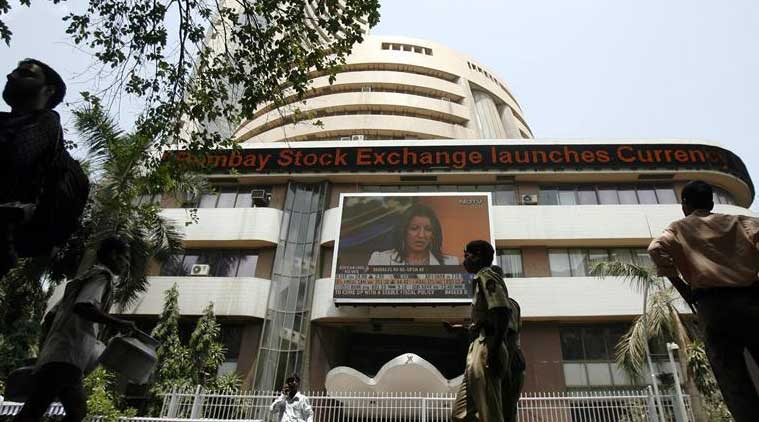Opinion Smart disinvestment
The successful NTPC offer for sale hides the government’s abysmal record of meeting stake-sale targets.
 The benchmark BSE Sensex extended losses for a second straight day and cracked below 24,000-mark by tumbling almost 374 points in early deals on sustained capital outflows by foreign funds and selling by retail investors. (Reuters)
The benchmark BSE Sensex extended losses for a second straight day and cracked below 24,000-mark by tumbling almost 374 points in early deals on sustained capital outflows by foreign funds and selling by retail investors. (Reuters)  Shares of NTPC Ltd have slumped more than 15 per cent since the beginning of calendar 2016. (Reuters)
Shares of NTPC Ltd have slumped more than 15 per cent since the beginning of calendar 2016. (Reuters)
The thumping response to the Centre’s five per cent stake sale in NTPC — mainly courtesy institutional investors, including FIIs — is not enough to paper over the unprofessional manner in which the NDA government has gone about achieving its disinvestment target for 2015-16. As against the target of Rs 69,500 crore, only Rs 13,340 crore was raised until the NTPC disinvestment, which is expected to raise another Rs 5,000 crore. This follows a familiar pattern seen even during the tenure of the UPA. Each year, ambitious targets are set at the time of the budget, after which the government goes into deep slumber, only to wake up closer to the next budget and gripped with a sudden desire to bridge at least part of the huge shortfall. The same thing has happened this time as well.
The most convenient excuse parroted by the government each time to justify its failure to realise the disinvestment target is to blame poor market conditions. But if that was, indeed, the case, why did the government not collect even half of its budgeted disinvestment receipts of Rs 63,425 crore for 2014-15, when the markets touched the highest peaks. Moreover, even in the current fiscal, we have had many successful IPOs from private-sector companies — from Narayana Hrudayalaya to Alkem Laboratories and Dr Lal PathLabs to Teamlease Services — in a supposedly comatose market. Besides, Sebi created a special “offer for sale of shares through stock exchange” mechanism largely with a view to facilitate round-the-year stake sales without resorting to time-consuming procedures of issuing prospectuses and conducting road-shows.The government needs to be both ambitious as well as smart about disinvestment. It must target at least Rs 1,00,000 crore of receipts a year from stake sales, which can be re-deployed in fresh public investments that the economy desperately requires today. An ambitious disinvestment programme, extending to even majority stake sale, is also something the markets would view positively and, in turn, boost valuations of public-sector undertakings. Disinvestment is also a means to raise resources that would meet its fiscal-deficit targets; slippages on this count can have serious consequences for the credibility of the government that it can ill-afford. And it should stop talking about market conditions: While an NMDC may not make a great case for disinvestment when global iron ore prices have crashed, this logic certainly cannot be applied to state-owned refineries that are the biggest beneficiaries of low global crude prices.
The government needs to be both ambitious as well as smart about disinvestment. It must target at least Rs 1,00,000 crore of receipts a year from stake sales, which can be re-deployed in fresh public investments that the economy desperately requires today. An ambitious disinvestment programme, extending to even majority stake sale, is also something the markets would view positively and, in turn, boost valuations of public-sector undertakings. Disinvestment is also a means to raise resources that would meet its fiscal-deficit targets; slippages on this count can have serious consequences for the credibility of the government that it can ill-afford. And it should stop talking about market conditions: While an NMDC may not make a great case for disinvestment when global iron ore prices have crashed, this logic certainly cannot be applied to state-owned refineries that are the biggest beneficiaries of low global crude prices.


